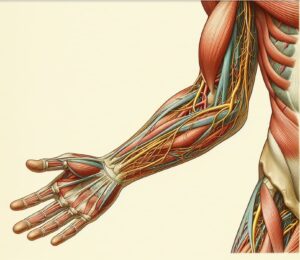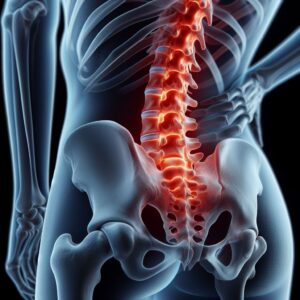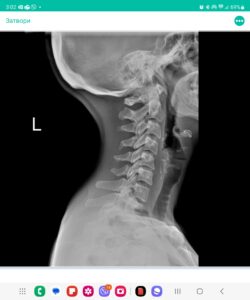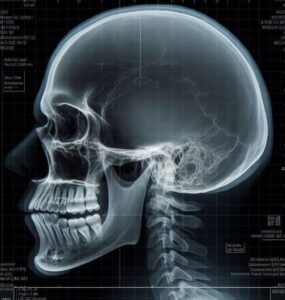
Dr. Petya Stefanova
Teacher
Assistant at the Faculty of Medicine at Sofia University and resident physician in Neurology at Sofiamed University Hospital.
Въпроси
Резюмета
Видеа
Аудио
Cerebral blood pressure is equal to the arterial blood pressure in the body.
август 22, 2023
For which disease is atherosclerosis considered a serious risk factor?
август 22, 2023
EMG findings in myasthenia often reveal characteristic patterns indicative of muscle weakness.
август 22, 2023
EMG findings in amyotrophic lateral sclerosis (ALS) commonly exhibit signs of denervation and spontaneous muscle activity.
август 22, 2023
What are the main vessels participating in cerebral circulation?
август 22, 2023
EMG findings in discal herniation typically show abnormal patterns indicative of muscle weakness.
август 22, 2023
From which major arterial vessel does the right common carotid artery originate?
август 22, 2023
What are common EMG findings in diabetic polyneuropathy?
август 22, 2023
What is the key anatomical difference between the external and internal carotid arteries?
август 22, 2023
Which of the vessels arise from the external carotid artery?
август 22, 2023
What accurately describes the anatomy of the vertebral artery?
август 22, 2023
What accurately describes the anatomy of the Circle of Willis?
август 22, 2023
What factors contribute to cerebral blood pressure regulation?
август 22, 2023
What is the routinely most commonly used test for evaluating atherosclerosis in the extracranial vessels?
август 22, 2023
What is considered the golden standard for visualizing intracranial vascular pathology?
август 22, 2023

Q 2.1. Peripheral Nervous System Disorders. Classification. Neuralgia, mononeuritis, plexitis. Treatment.
февруари 2, 2024
Fake Smiles, Real Damage: How Digital Joy Breeds Fear and Anger
май 3, 2025
Understanding Neuropsychological Evaluations: What to Expect
февруари 25, 2025
Невропсихологическо изследване – индикации, провеждане и резултати
февруари 24, 2025
Невропсихологическо изследване – индикации, провеждане и резултати
февруари 24, 2025



